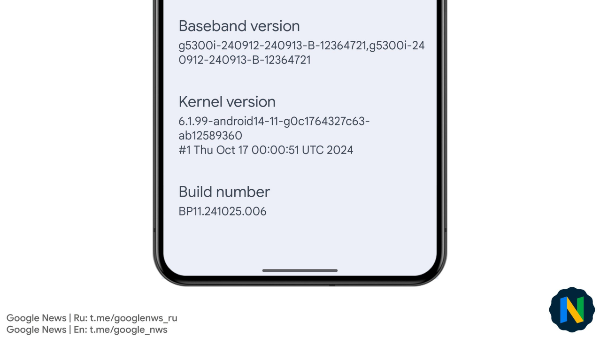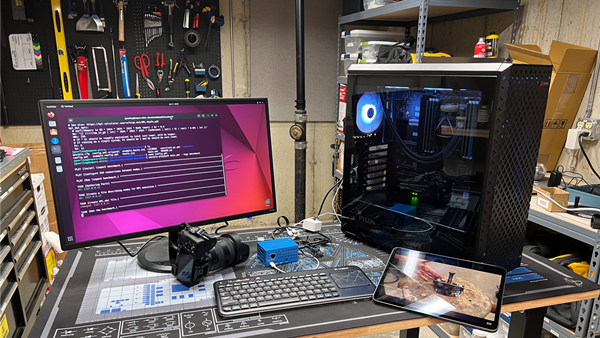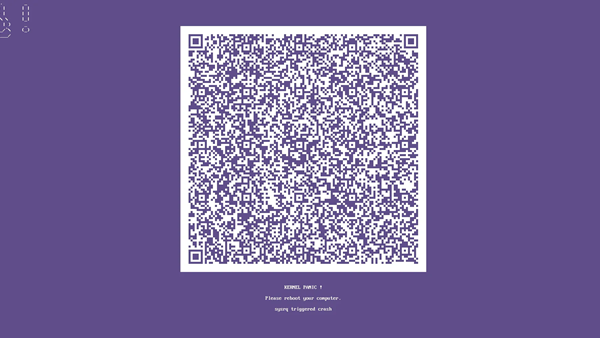Microsoft Updates WSL2 Subsystem Kernel to Linux 6.6 LTS
Microsoft released Linux-MSFT-WSL-6.6.36.3 yesterday, which is the kernel project for the Windows Subsystem for Linux (WSL) subsystem, primarily used by WSL2.
WSL2 has been using the Linux Kernel 5.15 LTS version for a long time, but with this update, Microsoft has finally upgraded the kernel version to the relatively newer Linux Kernel 6.6 LTS version.
The Linux Kernel 6.6 LTS version is a long-term support version, released in October 2023, with support until December 2026, which means Microsoft won't need to update the kernel for another two years or so.
The new kernel version has removed many legacy codes and brought numerous new features and patches. Developers using WSL2 systems can check for updates and upgrade to the latest WSL2 version and kernel version.
Below is the update log released by Microsoft:
- Upgraded WSL2 kernel version from Linux Kernel 5.15 to 6.6
- Released rolling kernel rolling-lts/wsl/6.6.36.3
- Updated kernel stable version to 6.6.36.3 (Note: This version refers to the WSL kernel version compiled by Microsoft)
- Configured loadable modules for x86 and Arm64 architectures
- dxgkrnl: Fixed the issue of not reporting errors when the virtual GPU does not exist
- Upstream patch set: Page reporting submission (feature/page-reporting/5.15)
- Upstream patch set: vpci submission (feature/vpci/5.15)
- Upstream patch set: Memory reclaim submission (feature/memory-reclaim/5.15)
- Upstream patch set: vsock submission (fix/vsock/5.15)
This update's addition of upstream patch sets is also a key highlight, as these patches are located upstream in the kernel and do not require separate maintenance by Microsoft's downstream kernel, saving time and effort for Microsoft and allowing for faster synchronization of related updates.
The new kernel files have been published on Github, and interested developers can download the kernel files, compile, and test them. If there are no compatibility issues with their projects, they can start using the new version.










